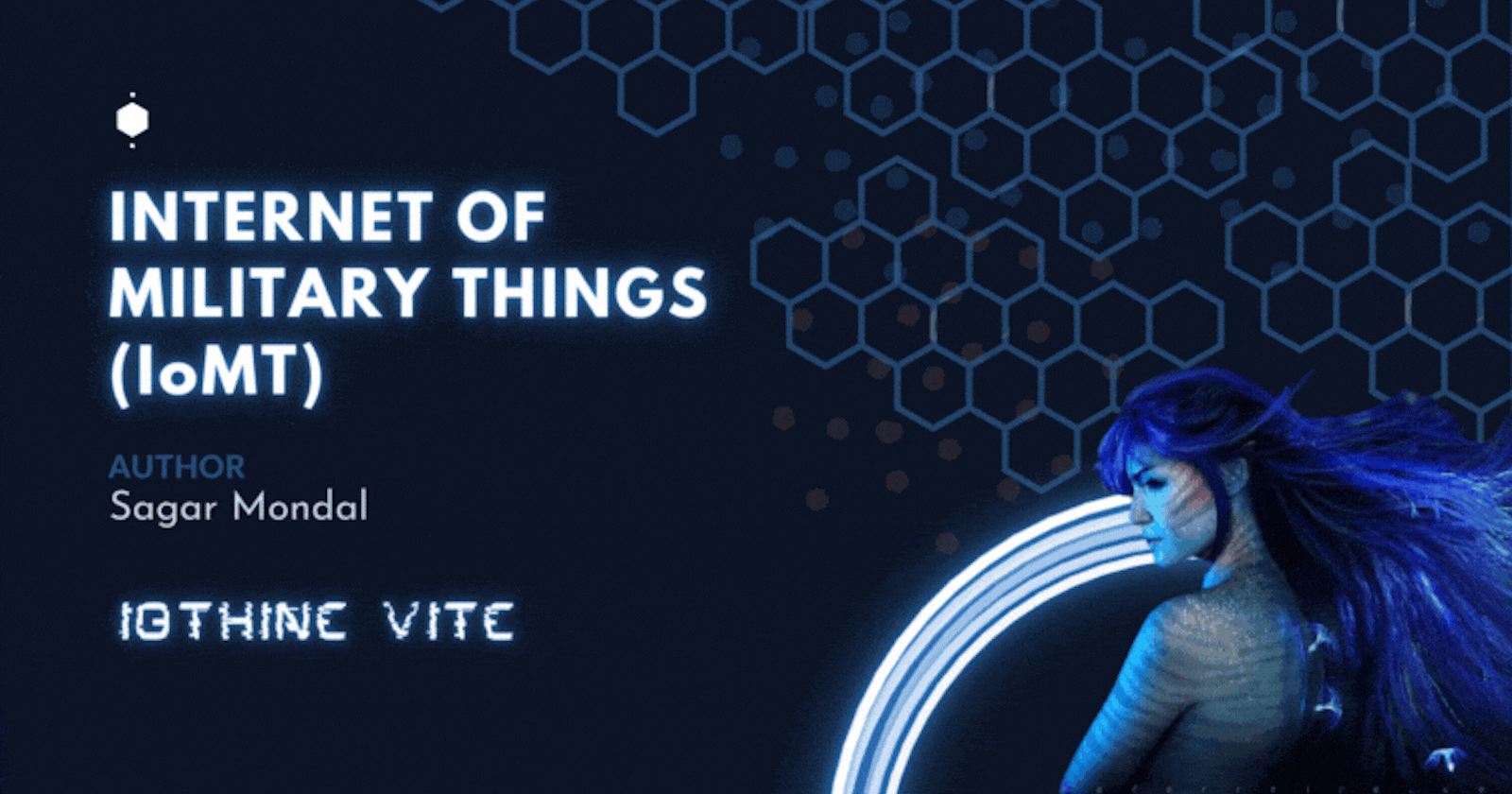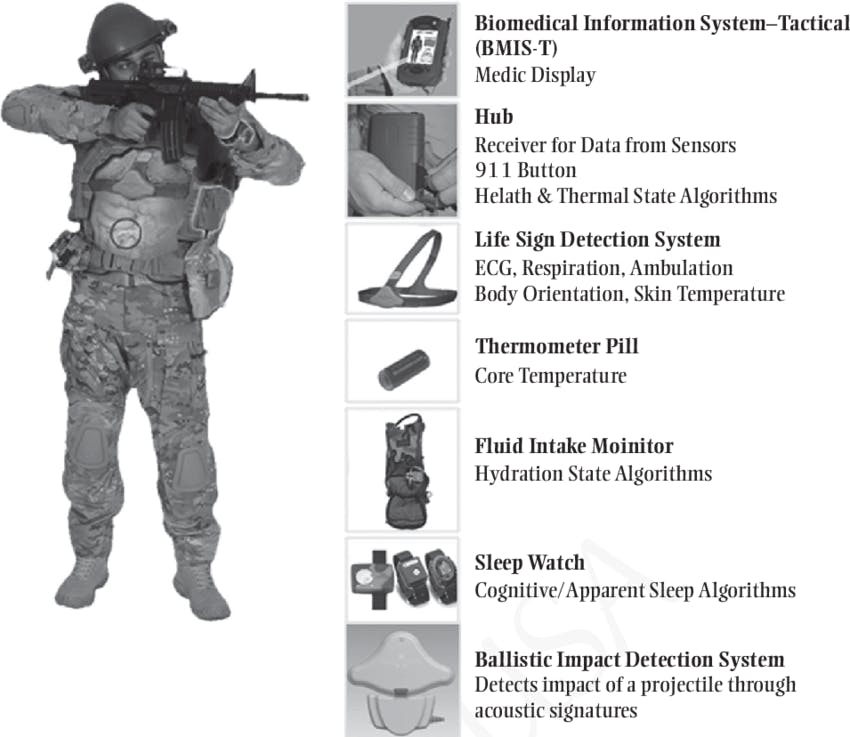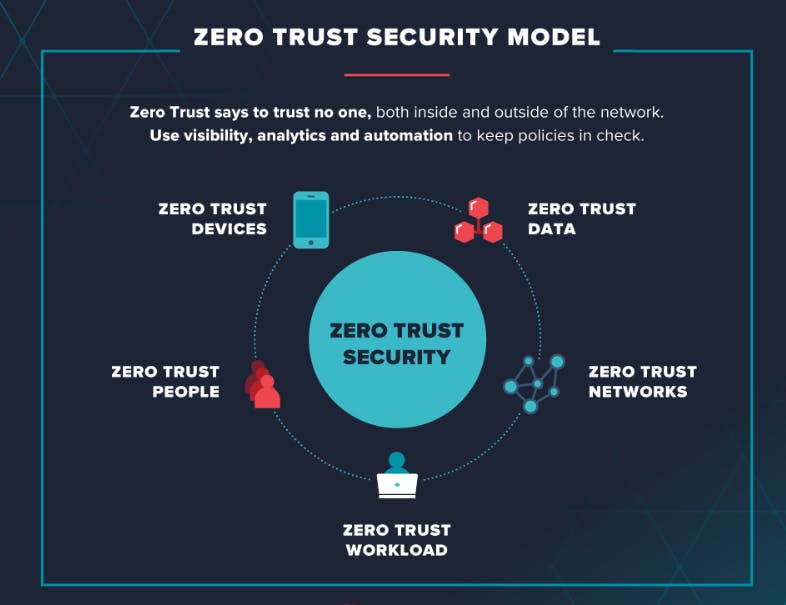
The Future of Military Technology: How the Internet of Military Things is Revolutionizing Warfare
The intricacies and difficulties of the modern battlefield are constantly evolving, presenting a vast array of novel threats and hazards that military personnel must overcome. In response to these challenges, the military has embraced the latest technological advancements to bolster its capabilities and increase its chances of victory. The Internet of Things (IoT) has fundamentally transformed numerous industries, and the military is no exception. The Internet of Military Things (IoMT) and the Internet of Battlefield Things (IoBT) are cutting-edge technological networks that are revolutionizing military operations. These networks comprise an array of sensors, wearables, and IoT devices that harness cloud and edge computing to augment military capabilities and safety.
Experts contend that future military endeavours and conflicts will be dominated by technology and machine intelligence, with warfare becoming more commonplace in urban settings. As such, gathering as much intelligence and data as possible is essential for making informed decisions that can safeguard lives and enhance safety. The IoMT and IoBT provide an optimal solution to this conundrum, affording the military with timely access to real-time information and insights that can facilitate better-informed decisions on the battlefield.
The Evolution of IoMT in Military Applications
The evolution of the Internet of Military Things (IoMT) technology in military applications is a fascinating and complex topic. The history of IoMT dates back to the early 1990s, when the military began exploring the potential of integrating various technologies into a single network to improve situational awareness and response times.
Over the years, IoMT has undergone a significant transformation, driven by advancements in sensors, wearables, cloud computing, and edge computing. These advancements have enabled the military to gather, analyze, and act upon large amounts of data in real time, providing enhanced situational awareness and decision-making capabilities.
The early adoption of IoMT was primarily focused on battlefield surveillance and reconnaissance, with the deployment of unmanned aerial vehicles (UAVs) and ground-based robots equipped with sensors and cameras. These devices enabled the military to gather intelligence, identify potential threats, and respond more quickly to changing situations.

As IoMT technology continued to evolve, the military began using it in other areas, such as logistics, supply chain management, and maintenance. By leveraging IoMT technology, the military was able to optimize its operations, reduce costs, and improve efficiency.
Unleashing the Power of IoMT: Enhancing Military Situational Awareness and Decision-Making
IoMT has the potential to provide a wide range of benefits to the military, from improving situational awareness to enabling better decision-making. Now, we will discuss the advantages and benefits of IoMT for the military in detail.
Increased Situational Awareness:
Situational awareness is the ability to understand what is happening around you and to predict what is likely to happen next. For the military, situational awareness is critical for mission success and the safety of troops. With the help of IoMT technology, the military can now have increased situational awareness, which can provide a significant advantage on the battlefield.
One of the ways IoMT can increase situational awareness is by using sensors to collect and analyse real-time data. For example, environmental sensors can provide information about temperature, humidity, and air quality, which can help ensure the health and well-being of personnel. Smart cameras and video analytics can also be used to identify potential threats and provide real-time information to decision-makers.
Better Decision-Making:
In addition to improving situational awareness, IoMT can also enable better decision-making. With the help of IoT devices, military personnel can collect and analyse data in real time, which can help them make more informed decisions.
For example, by incorporating sensors into military vehicles, the military can track their position, fuel efficiency, damage level, engine status, and other crucial parameters. This helps the military quickly identify inconsistencies and implement solutions, which can reduce transportation costs and improve operational efficiency.
Similarly, by placing sensors in soldiers' clothes, the military can monitor their physical and mental health. The data about their changing medical condition can be shared with doctors in real-time, so they can arrange medical supplements or equipment in advance based on their needs.
Let's look at some real-world applications of IoMT
Smart Base Technology:
Smart Bases are a significant context in which the Internet of Military Things (IoMT) is being utilized. These military installations are furnished with an extensive array of advanced technologies that encompass a variety of sensors, IoT devices, and wearables. These smart technologies use cloud and edge computing to provide real-time data and insights, and they have the potential to deliver an exceptional military advantage. By harnessing the power of IoMT technology, Smart Bases can present an expansive range of benefits to military personnel and commanders. For instance, environmental sensors can offer real-time information on temperature, humidity, and air quality, thereby supporting the health and wellness of personnel.

Additionally, the incorporation of smart lighting and energy management systems can help to minimize energy usage and expenses while simultaneously improving safety and security. Furthermore, Smart Bases can help to augment situational awareness and response times in the event of an attack or other threat. The use of IoMT-enabled perimeter sensors can deliver real-time alerts and data on potential intruders, enabling personnel to react promptly and effectively. Likewise, the use of smart cameras and video analytics can contribute to the identification of potential threats and the provision of real-time intelligence to decision-makers.
Enhancing Military Personnel Health Through IoMT Sensor Monitoring:
The health and well-being of soldiers are of utmost importance, and the military has been utilizing the latest technologies to ensure that they are in top physical and mental condition. With the help of sensors placed in soldiers' clothing, IoMT technology can track and monitor their physical and mental health. The sensors can measure heart rate, body temperature, thermal distribution, and even speech patterns to determine their behavioural attributes. This real-time data is then centrally monitored, and any changes in the soldiers' medical condition can be instantly shared with doctors.

The benefits of IoMT technology in monitoring soldier health are enormous. Doctors can arrange medical supplements or equipment in advance, based on the soldiers' needs, and ensure that they are always in the best physical and mental condition. With the ability to monitor soldier health in real-time, commanders can make informed decisions about the soldiers' well-being and take necessary action to prevent health issues from worsening.
Efficient Equipment and Fleet Management:
The efficient management of military equipment and vehicle fleets is essential for the success of any military operation. In this regard, the Internet of Things (IoT) has emerged as a game-changing technology that can enhance the tracking and monitoring of military supplies, transportation, and logistics.
By integrating connected sensors and analytics into military vehicles, troops can efficiently monitor their position, fuel efficiency, damage level, and engine status, among other crucial parameters. This enables them to quickly identify and address inconsistencies, reduce transportation costs, and minimize human operational efforts.

Furthermore, arms, ammunition, and unmanned equipment can also be tracked and monitored using IoT sensors. Soldiers can be alerted when it's time to reload, and unmanned equipment can be remotely monitored during surveillance missions. By leveraging the power of IoT-enabled equipment and fleet management, military organizations can streamline their operations and achieve greater efficiency on the battlefield.
Advanced Biometric Identification in Military Applications:
In modern military operations, identifying potential threats before they cause harm is critical for the success and safety of military personnel. Traditional security measures like badges and identification cards are no longer enough to ensure that only authorized individuals are allowed access to sensitive military areas. However, the Internet of Things (IoT) has opened up new possibilities for advanced biometric identification systems that can accurately and quickly identify individuals and prevent unauthorized access.
IoT sensors can capture not only biometric data like irises and fingerprints but also other unique characteristics like gait and facial features. These sensors can be integrated into military bases and installations, allowing for real-time identification of individuals as they move through secure areas. This technology can help to mitigate the threat of infiltration by unauthorized personnel and improve the safety of military personnel.

In addition, IoT-powered biometric identification systems can be used in the field to identify potential threats during military operations. For example, sensors embedded in drones or other surveillance equipment can capture biometric data from individuals in remote areas, providing real-time identification and situational awareness to military personnel.
By leveraging the power of IoT technology, advanced biometric identification systems can provide a powerful tool for mitigating threats and improving the safety and success of military operations.
Revolutionizing Military Training with IoT Technology:
The utilization of IoT devices has greatly enhanced the training of military personnel for real-life battle scenarios. With the help of movement and acoustic sensors, personnel can be screened during preparation, and data can be sent to coaches who can provide better training. Additionally, advanced technologies such as augmented reality and virtual reality simulations equipped with IoT devices can create a realistic battlefield experience for soldiers and provide a better evaluation. Through the use of IoT, military personnel can be better prepared for the challenges of the battlefield.

Navigating the Minefield: Overcoming Challenges and Risks in IoMT Deployment
The Internet of Military Things (IoMT) has revolutionized the way military operations are conducted. With its ability to connect devices and sensors, IoMT has enabled real-time monitoring, increased situational awareness, and better decision-making for military personnel. However, the adoption of IoMT technology in the military is not without challenges and risks, especially when it comes to cybersecurity and privacy concerns. Now, we will analyze the challenges and potential risks associated with IoMT in the military and suggest possible solutions.
Challenges and Risks:
Cybersecurity:

The most significant challenge of IoMT in the military is cybersecurity. With a wide range of devices and sensors connected to the network, the risk of cyber-attacks is high. Hackers can exploit vulnerabilities in the system and gain unauthorized access to critical information. This can compromise the mission's success and put military personnel's lives at risk.
Privacy Concerns:
Another challenge is privacy concerns. The data collected by IoMT devices and sensors may contain personal and sensitive information about military personnel. Unauthorized access to this data can result in a breach of privacy and loss of trust in the military.
Interoperability:
IoMT devices and sensors from different manufacturers may not be interoperable. This can lead to a lack of coordination and communication between devices, resulting in incomplete or inaccurate data. It can also lead to a waste of resources and increased costs.
Training:
IoMT technology requires specialized training and knowledge to operate and maintain. This can be a challenge for military personnel who may not have the necessary expertise. Lack of training can lead to errors, inefficiencies, and compromise the effectiveness of the technology.
Possible Solutions:
Cybersecurity:

To address cybersecurity risks, the military can employ measures such as encryption, firewalls, and access control. The adoption of a Zero Trust architecture, where all devices and users are verified before accessing the network, can also enhance cybersecurity.
Privacy Concerns:
The military can ensure that personal and sensitive information is collected and stored only when necessary. They can also implement privacy policies that govern the use and storage of data.
Interoperability:
The adoption of open standards can ensure that IoMT devices and sensors from different manufacturers are interoperable. This can enhance coordination and communication between devices and improve the accuracy and completeness of data.
Training:
The military can provide specialized training to personnel who are responsible for IoMT technology. This can enhance their knowledge and expertise and ensure that they can operate and maintain the technology effectively.
Conclusion
In conclusion, the Internet of Military Things (IoMT) has proven to be an incredibly powerful tool in modern military applications. From real-time situational awareness to logistics and supply chain management, IoMT has enabled the military to operate more efficiently and effectively than ever before. However, with the benefits of IoMT come significant challenges. One of the most pressing concerns is information security. With the proliferation of connected devices, the risk of intrusion and cyberattacks increases exponentially. To mitigate these risks, it is imperative that the military prioritizes security measures and continues to develop and improve safety techniques.
Another challenge in the development of IoMT is standardization. With various types of sensors and identification methods, it is a daunting task to unify all protocol standards. Nevertheless, the establishment of joint working groups is a positive step towards accelerating the standardization of military IoMT and deepening its application.
Finally, the processing of massive amounts of data is a crucial issue in IoMT. As the basis of IoMT, the sensing network needs to aggregate and analyse data to provide the basis for the decision-making system. Therefore, it is important to support the development of data fusion technology, data mining technology, cloud computing, data compression technology, artificial intelligence theory, and intelligent signal processing technology.
In the future, the continued development and application of IoMT in military operations will undoubtedly lead to new military innovations. It is important to recognize the challenges that come with these innovations, such as information security and standardization, and to take proactive measures to address them. With proper planning, development, and deployment, the military can leverage IoMT to enhance its operational capabilities and maintain a strategic advantage in the modern battlefield.